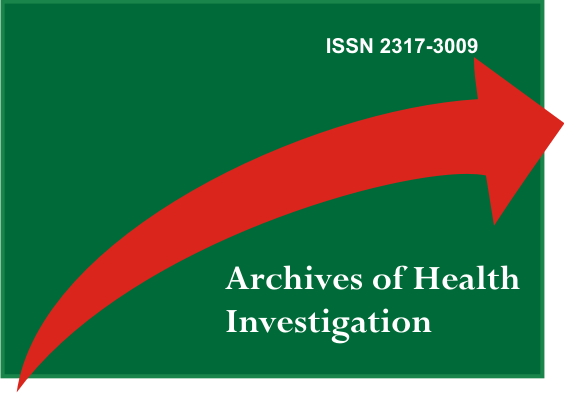Z-oo1 - Reliability and failure mode of implant-supported all-ceramic crowns
Resumo
This study evaluated the effect of connection designs to the reliability and failure modes of all-ceramic crowns. Screw-retained systems (n= 22) with zirconia abutments were attached to external hexagon (EH), internal hexagon (IH) and Morse taper (MT) implants. Step-stress fatigue profiles (ratio 3:2:1) were conducted under water at 10Hz after single-load-to-fracture (SLF) tests (n=4). The level probability Weibull curves and reliability for missions of 50,000 cycles at 400 N and 200 N were calculated. Weibull probability distribution was also plotted. Fractographic analysis was conducted by polarized-light microscopy and scanning electron microscopy. The level Weibull calculation showed that failure was not associated to fatigue for groups EH (β=0.63), IH (β=0.97) and MT (β=0.19). Reliability data for a mission of 50,000 cycles at 400N revealed significant difference between groups EH (97%), IH (46%) and MT (0.5%). No significant difference was observed between EH (100%) and IH (98%), and IH and MT (89%) for a mission of 50,000 cycles at 200N. Weibull distribution revealed β=13.05/η=561.81 for EH, β=5.81/η=513.45 for IH and β=5.31/η=333.23 for MT. Veneer cohesive and adhesive failures were observed in groups EH and IH. IH also presented cohesive failure at zirconia/titanium interface in abutment insert. MT showed fracture at abutment neck. It was concluded that EH presented higher reliability and characteristic strength followed by IH and MT. Failure mode should be carefully evaluated for clinical indication.Financial support: FAPESP (2009/11491-0 and 2009/15060-3)
ju.delben@hotmail.com
Downloads
Não há dados estatísticos.
Downloads
Publicado
2013-12-18
Como Citar
Delbem, J., Barão, V., Ferreira, M., VP, T., NR, S., & Assunção, W. (2013). Z-oo1 - Reliability and failure mode of implant-supported all-ceramic crowns. ARCHIVES OF HEALTH INVESTIGATION, 2. Recuperado de https://archhealthinvestigation.emnuvens.com.br/ARCHI/article/view/314


